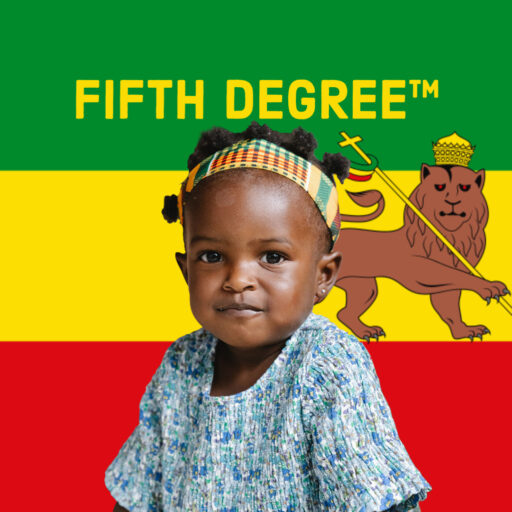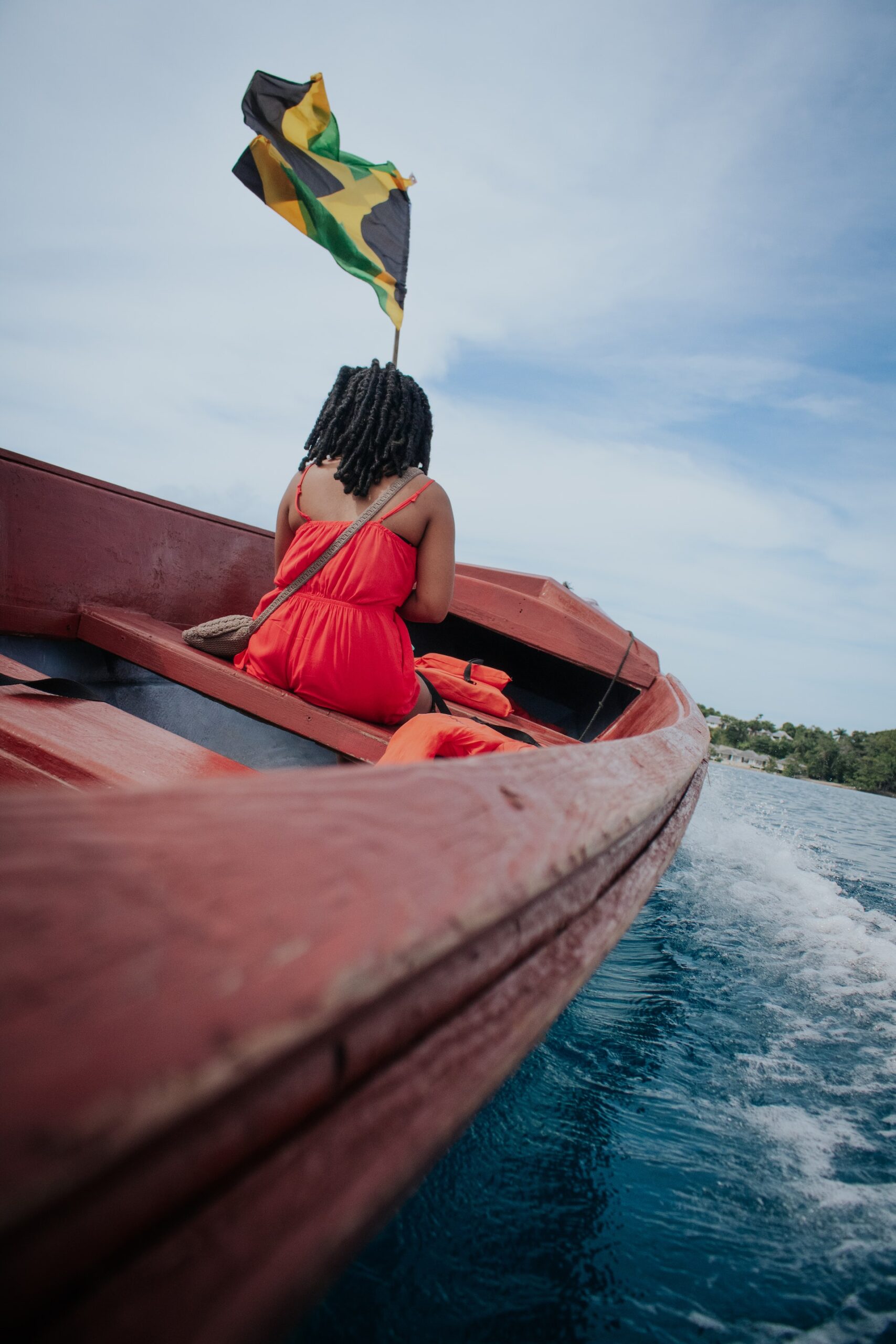Chromotherapy, also known as color therapy, is a form of alternative healing that uses different colors to stimulate the body’s natural healing processes. The practice has a long history and has been used for centuries in many different cultures around the world. In recent years, chromotherapy has gained popularity as a complementary therapy for a range of health issues, including anxiety, depression, and chronic pain.
One particular color scheme that has gained attention in chromotherapy is the iconic colors of reggae music: red, gold, and green. These colors have a rich history and cultural significance, particularly in Jamaica, where reggae music originated. The colors have come to represent many things, including Rastafarianism, political movements, and cultural pride.
In this blog post, we will explore the healing properties of reggae colors and how they can be used in chromotherapy for improved well-being. We will discuss the physical, emotional, and spiritual benefits associated with each color and provide tips on how to incorporate these colors into your daily life. By the end of this post, you will have a better understanding of the potential benefits of reggae colors and how to use them for your own healing journey.
The Healing Properties of Reggae Colors
The reggae color scheme is made up of three vibrant hues: red, gold, and green. Each of these colors has its own unique healing properties that can be beneficial for physical, emotional, and spiritual well-being.
Red is a color that is often associated with energy, strength, and vitality. In chromotherapy, red is used to stimulate the body’s natural healing processes and improve circulation. It is believed to have a warming effect on the body, making it useful for treating conditions such as colds, flu, and arthritis. Red is also said to be beneficial for those who suffer from low self-esteem or lack of confidence, as it is believed to promote courage and self-assurance.
Gold is a color that is often associated with wealth, abundance, and prosperity. In chromotherapy, gold is used to promote relaxation and mental clarity. It is believed to have a calming effect on the mind, making it useful for treating conditions such as anxiety and depression. Gold is also said to be beneficial for those who are seeking spiritual growth, as it is believed to promote enlightenment and wisdom.
Green is a color that is often associated with growth, renewal, and balance. In chromotherapy, green is used to promote healing and balance in the body. It is believed to have a soothing effect on the nervous system, making it useful for treating conditions such as stress, insomnia, and high blood pressure. Green is also said to be beneficial for those who are seeking emotional healing, as it is believed to promote feelings of love, compassion, and forgiveness.
These colors have been used in traditional healing practices for centuries. For example, in Ayurvedic medicine, red is associated with the root chakra, which is believed to be responsible for physical energy and stability. Gold is associated with the crown chakra, which is believed to be responsible for spiritual growth and enlightenment. Green is associated with the heart chakra, which is believed to be responsible for emotional healing and balance.
Chromotherapy in Modern Times
Chromotherapy has gained popularity in modern times as a complementary therapy for a range of health issues. It is used in a variety of settings, including hospitals, clinics, spas, and wellness centers.
In modern medicine, chromotherapy is often used in conjunction with other treatments to improve patient outcomes. For example, red light therapy is commonly used to treat skin conditions such as acne, eczema, and psoriasis. Blue light therapy is used to treat seasonal affective disorder (SAD) and other mood disorders.
In alternative therapies, chromotherapy is used in a more holistic way to promote overall health and well-being. It is often used in combination with other complementary therapies such as acupuncture, massage, and aromatherapy.
Reggae colors can be incorporated into chromotherapy treatments in a variety of ways. For example, colored lights can be used to bathe the body in specific hues. Colored lenses can be worn over the eyes to promote healing and relaxation. Colored fabrics or crystals can be placed on or around the body to promote healing.
The potential benefits of using reggae colors in chromotherapy are numerous. Red is believed to stimulate the body’s natural healing processes and promote physical energy. Gold is believed to promote mental clarity and spiritual growth. Green is believed to promote emotional healing and balance.
How to Use Reggae Colors for Healing
Incorporating reggae colors into daily life can be a simple and effective way to promote healing and well-being. Here are some tips on how to use reggae colors for therapeutic purposes:
Clothing: Wear clothes that feature reggae colors, such as a red, gold, and green scarf, shirt, or hat. This can help to promote physical, emotional, and spiritual healing.
Decor: Incorporate reggae colors into your home or work environment. You can do this by using red, gold, and green accents in your decor, such as throw pillows, curtains, or wall art.
Visualization: Close your eyes and visualize reggae colors surrounding you. Imagine red, gold, and green light enveloping your body and promoting healing and well-being.
Food: Incorporate reggae colors into your diet by eating foods that are naturally red, gold, or green. For example, red peppers, golden beets, and leafy green vegetables are all excellent choices.
Reggae colors have been used for healing and well-being in different cultures for centuries. For example, in Chinese medicine, red is associated with the heart and circulatory system, while green is associated with the liver and digestive system. In Hinduism, the color gold is associated with the sun and is considered a symbol of knowledge and enlightenment.
In Rastafarian culture, reggae colors are associated with the ideals of unity, strength, and freedom. They are often used in clothing, art, and music to promote these ideals and to inspire a sense of community and togetherness.
Conclusion
The use of reggae colors for healing has a rich history and cultural significance. Red, gold, and green have been associated with physical, emotional, and spiritual benefits for centuries. By incorporating these colors into chromotherapy treatments or daily life, it is possible to promote healing and well-being in a holistic way.
The potential benefits of using reggae colors in chromotherapy include improved mood, reduced stress, and enhanced energy levels. These benefits can translate to better physical health and emotional well-being.
I encourage readers to explore the use of reggae colors for their own healing and well-being. Whether through incorporating these colors into daily life or seeking out chromotherapy treatments, there are many ways to experience the benefits of these colors for yourself. By embracing the power of reggae colors, you can take an important step towards improving your overall health and well-being.
Final Note
If you’re interested in exploring who is Jah and Rastafarian culture further, we invite you to check out Fifth Degree’s collection of Rastafarian clothing. Our clothing is designed to reflect the spirit and teachings of Rastafarianism, with bold colors, empowering messages, and a commitment to sustainability and ethical production. We believe that what you wear can be a powerful expression of your values and beliefs, and we’re proud to offer a range of high-quality, stylish, and socially conscious clothing for individuals who are seeking to live in harmony with nature and the divine. Visit our website today to learn more about our collection and find the perfect Rastafarian clothes for woman for you.


